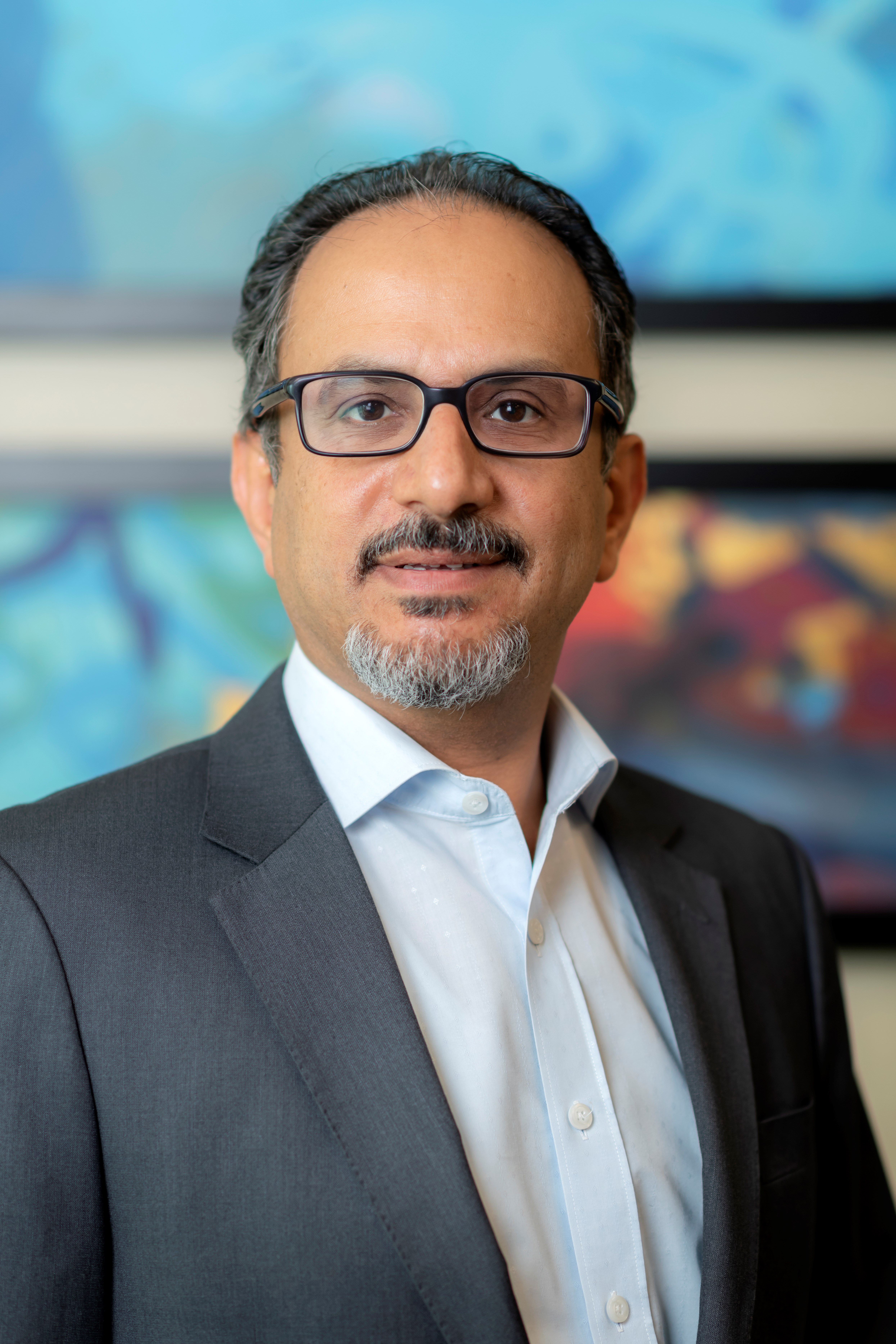Why 4IR pioneers are raising the bar for global manufacturing
Today’s cutting-edge manufacturing sites look very different from just a decade ago. We are firmly in the era of the Fourth Industrial Revolution (4IR), which is using new technologies such as Artificial Intelligence (AI), the Internet of Things (IoT) and Big Data to digitally transform business operations and performance in remarkable ways.
This includes using drones to make inspections faster and safer, wearable technology that warns workers if they are at risk, or sensors that automatically alert equipment operators when checks are needed. With issues like supply chain resilience and sustainability increasingly important, 4IR technology is crucial to transforming industry.
Since 2018, the World Economic Forum has been tracking leaders in this digital transformation space through its Global Lighthouse Network. And for three consecutive years, Aramco facilities have been added to this network for highlighting the way forward — not only for the oil and gas sector, but for manufacturing as a whole.
A timely transformation
The advances that 4IR technologies offer could hardly be more timely. Geopolitical uncertainty, economic pressures and supply chain disruption all have implications for manufacturers. Factor in the need to keep the workforce engaged, the importance of sustainability initiatives and the broader energy transition, and the manufacturing sector has every reason to get onboard.
The Global Lighthouse Network provides blueprints for rolling out these new technologies and developing workforce skills. It includes 103 world-leading manufacturing facilities and value chains, which are using 4IR technologies at scale to drive greater efficiency and productivity, while improving environmental stewardship.
Each year the bar for inclusion is raised as more manufacturers apply, and the projects submitted become increasingly complex. The inclusion of three Aramco facilities so far is recognition of how we’re using latest 4IR technologies to try and help produce more energy with fewer emissions — with three of the most advanced production plants in the global energy industry.
These include the Uthmaniyah Gas Plant, the first oil and gas facility to achieve Global Lighthouse Network status in 2019. Khurais, the world’s largest intelligent oil field, was selected in 2020. And in 2021, Aramco’s largest oil processing facility and one of the largest crude stabilisation plants in the world, Abqaiq, became our third facility to join the Global Lighthouse Network — demonstrating the power of 4IR energy technology solutions in optimising a 70-year-old facility.

Nabil Nuaim, Sr VP Digital & Information Technology, Aramco
Changing infrastructure - and culture
These sites show what is possible, both to other facilities at Aramco and to manufacturers globally. 4IR technologies are helping make our business smarter, more efficient and less carbon intensive. And manufacturers who wish to maintain a competitive advantage against a backdrop of shifting market dynamics need to act now.
But companies wishing to follow this path should realize the obstacles may be cultural, as well as technological. Introducing new technology can be disruptive, and some staff may worry that they are being replaced. But I believe that 4IR technology can actually free employees up to work on more valuable tasks.
In addition, while investments in this area can pay off in just a year or two, older sites may also need infrastructure upgrades. This might be a matter of simply upgrading computers, but technologies linked to IoT deployment also need industrial-scale WiFi — and obstacles such as signal-blocking walls in inconvenient places need to be overcome.
Aramco draws upon its unique scale, resources and depth of experience to develop industry-leading 4IR energy solutions. Yet even though we are accustomed to large operations, these projects still need careful planning. However, if chosen with scalability in mind, 4IR models can be rolled out relatively quickly. The important thing is to get it right if we — and others — are to successfully prepare the manufacturing sector for coming decades.
Energy Connects includes information by a variety of sources, such as contributing experts, external journalists and comments from attendees of our events, which may contain personal opinion of others. All opinions expressed are solely the views of the author(s) and do not necessarily reflect the opinions of Energy Connects, dmg events, its parent company DMGT or any affiliates of the same.
KEEPING THE ENERGY INDUSTRY CONNECTED
Subscribe to our newsletter and get the best of Energy Connects directly to your inbox each week.
By subscribing, you agree to the processing of your personal data by dmg events as described in the Privacy Policy.
















